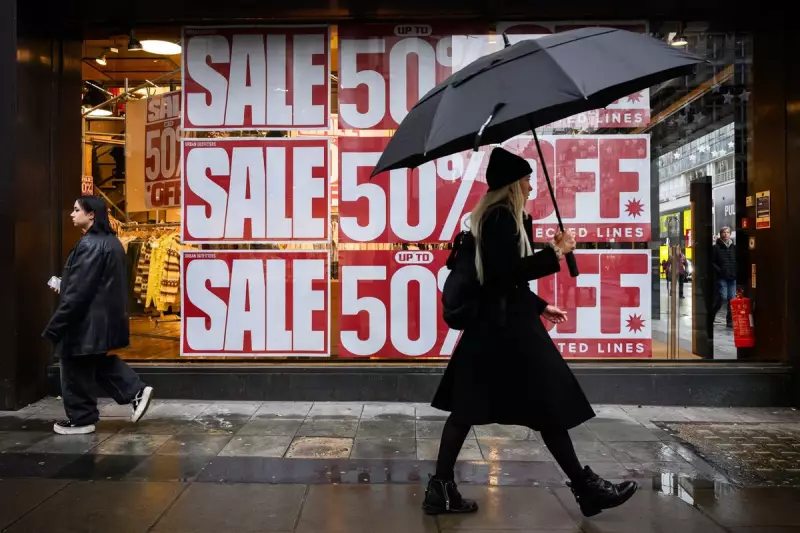
As the festive shopping season kicks into high gear, British consumers are being urged to think twice before clicking 'buy' on Black Friday and Cyber Monday deals. A significant shift is underway in the retail landscape, with many major brands quietly tightening their return policies, often favouring store credit over traditional cash or credit card refunds.
The Hidden Cost of Convenience
According to marketing professor Lauren Beitelspacher, returns are far from a trivial matter for retailers. The National Retail Federation reports that returns cost U.S. retailers a staggering US$890 billion annually. This colossal figure encompasses everything from legitimate refunds to returns fraud, which includes practices like 'wardrobing' – where consumers wear an item once before returning it – and falsely claiming items never arrived.
Processing returns involves complex 'reverse logistics': shipping items back, inspecting them, restocking, and often repackaging. Many products cannot be resold at full price and must be liquidated, leading to substantial lost revenue. The labour and operational expenses further eat into already slim profit margins.
How E-commerce Transformed Return Culture
The seismic shift in return rates is directly linked to the rise of online shopping. Before e-commerce dominated, shopping was a sensory experience where customers could touch fabrics and try on clothes. If an item was unsuitable, it was brought back to the store for a quick inspection and restock.
Online shopping removed these sensory cues, creating uncertainty that leads to significantly higher return rates. An analysis by Capital One suggests online purchase return rates are almost three times higher than for in-store purchases. The COVID-19 pandemic accelerated this trend, forcing even hesitant shoppers online. To encourage sales, retailers introduced generous return policies, which boosted revenue but also cultivated a pervasive culture of returning.
In 2020, returns accounted for 10.6% of total U.S. retail sales, nearly double the prior year. By 2021, this figure had climbed to 16.6%. Consumers, unable to try items in stores, began routinely ordering multiple sizes or styles with the intention of returning most of them.
The New Return Policy Landscape
In the post-pandemic era, retailers are striving to balance customer satisfaction with profitability. With consumers sensitive to price hikes amid inflation, the more common approach has been to tighten return policies discreetly.
These changes manifest in several ways. Some retailers now charge flat return fees; for instance, Curvy Sense charges $2.98 for unlimited returns and exchanges of an item. Others have shortened return windows – beauty giants Sephora and Ulta recently reduced theirs from 60 days to 30.
Many brands now attach conspicuous 'do not remove' tags to deter wardrobing. Crucially, a growing number of retailers are now offering store credit rather than cash or credit card refunds, ensuring the money from returned sales stays within their ecosystem.
These policy adjustments are rarely advertised. Instead, they appear in the lengthening, more specific, and less forgiving fine print of return policies.
As we enter the busiest shopping period of the year, experts advise caution. Before purchasing, ask yourself if you genuinely want the item or are planning a later return. Shop and return in person whenever possible, and always familiarise yourself with a retailer's return policy before buying online.





